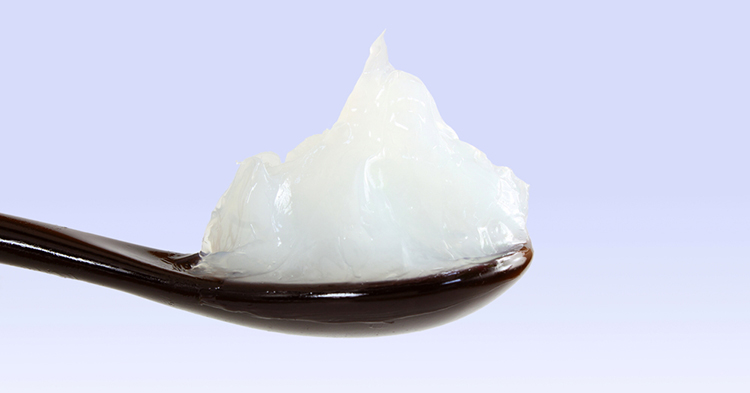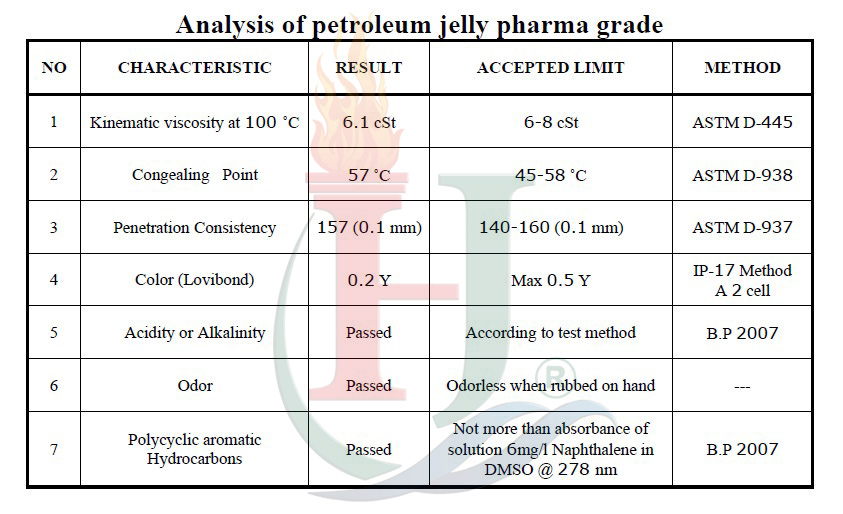Definition Of Pharma Grade Petroleum Jelly
Petroleum Jelly is also known as Mineral Jelly or Petrolatum. Pharma Grade Petroleum Jelly is mostly used in emulsion form in cosmetics & pharmaceutical for the preparations of various creams, ointments, lotions etc. Commercial Petroleum Jelly is used in the manufacturing of lubricants & Grease. Petroleum Jelly of good quality is used in Vaseline manufacturing. It is also used as a moisturizer in good quality toilet soaps. It also finds its use as an anti-rusting agent for iron goods like blade, wire surgical instruments etc.
Petroleum jelly, petrolatum, white petrolatum, soft paraffin / paraffin wax or multihydrocarbon, is a semi-solid mixture of hydrocarbons (with carbon numbers mainly higher than 25), originally promoted as a topical ointment for its healing properties.

Applications Of Pharma Grade Petroleum Jelly
- Used as an ointment base, protective dressing and soothing applications to skin.
- It is offer excellent barrier to moisture and thus prevents moisture loss from skin.
- Used in formulating various cosmetic and personal care preparations.
- Heal minor skin scrapes and burns
- Hair conditioners.
- Hand cleaners.
- Lip balms.
- Massage creams.
- Moisturizing lotions.
- Sun care products.
- Skin protecting ointments.
- Medicated ointments
Packing of Pharma Grade Petroleum Jelly
Pharma Grade Petroleum Jelly is packed in new or second hand 180 kg drums, ISO tank, flexitanks. Each 20-foot container takes 110 drummed petroleum jelly.









